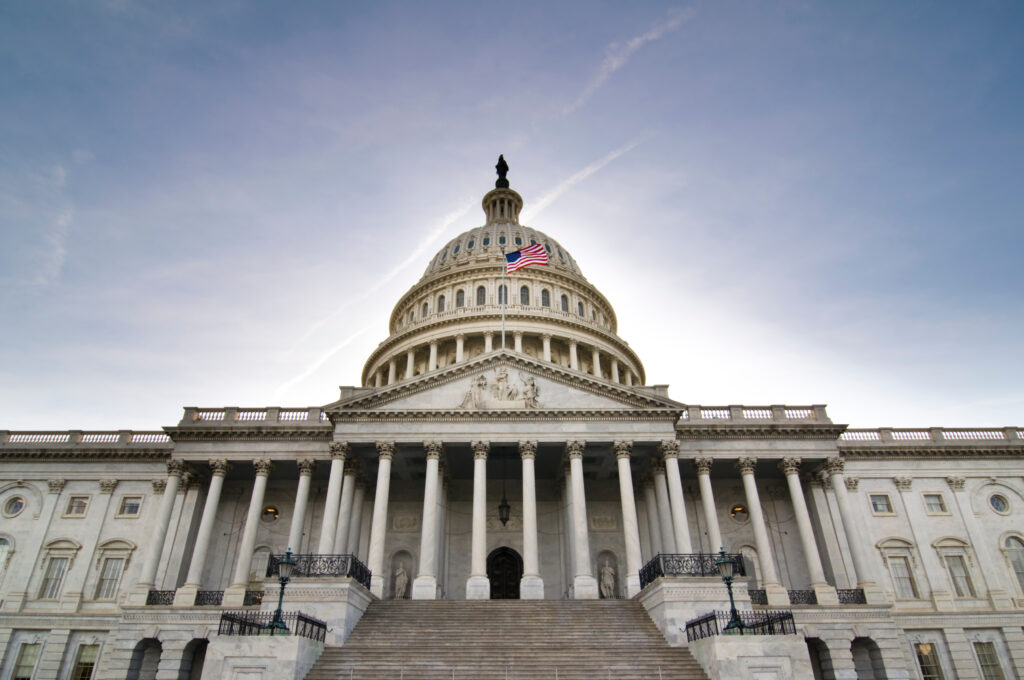The FWD #234 • 813 words
A major expansion of housing tax credits could be overshadowed by unprecedented cuts to rental assistance and community development programs.
It’s a tale of two housing policies: expanding incentives for building affordable homes while cutting the assistance that helps families afford them. This paradox sits at the heart of current federal budget proposals that would reshape—and shrink—America’s housing safety net.
Tax credit victory amid broader cuts
The Senate’s passage of the “One Big Beautiful Bill” last week marks a potential watershed moment for affordable housing development—but not necessarily a positive one. While the reconciliation bill includes the largest expansion of the Low-Income Housing Tax Credit program in decades, it arrives alongside deep cuts to Medicaid and new work requirements for food assistance that will affect many of the same low-income households these tax credits are meant to serve.
The housing provisions in the bill would permanently increase 9% LIHTC allocations by 12% and reduce the bond financing threshold from 50% to 25%. These changes could finance over one million additional affordable homes over the next decade. The legislation would also make permanent the New Markets Tax Credit and Opportunity Zones programs, cementing two different approaches to incentivizing investment in historically disinvested communities.
However, the reconciliation bill still requires House approval, where its fate remains uncertain given the $3.3 trillion it would add to the deficit and internal Republican disagreements about the Senate’s changes.
Drastic cuts proposed for core housing programs
While Congress debates tax credits, the Trump administration has unveiled a fiscal year 2026 budget that would fundamentally restructure—and dramatically reduce—federal housing assistance. The “skinny” budget released in May and subsequent detailed HUD budget justification propose cuts that housing advocates describe as “devastating.”
The centerpiece of these changes is the elimination of five major rental assistance programs—Housing Choice Vouchers, Public Housing, Project-Based Rental Assistance, Section 202 elderly housing, and Section 811 disability housing—and their replacement with a single State Rental Assistance Block Grant. This new program would receive $36.2 billion, representing a 43% cut from current funding levels. Most concerning, it would impose two-year time limits on assistance for “able-bodied adults.”
Beyond rental assistance, the budget would completely eliminate these long-standing resources, among others:
- Community Development Block Grant (CDBG) program
- HOME Investment Partnerships
- Housing counseling assistance
- Fair Housing Initiatives Program
Homeless assistance programs would be consolidated into an expanded Emergency Solutions Grant program with $4 billion in funding, but assistance would be capped at two years. The administration also proposes permanently shrinking HUD’s workforce from 8,597 to 6,340 full-time employees—a 26% reduction.
Rural housing programs face similar threats. The administration’s USDA budget would eliminate Section 502 direct home loans, self-help housing grants, and rural housing vouchers. While the House Appropriations Committee advanced a USDA funding bill last week that would maintain most rural programs at current levels, the contrast with the administration’s request signals significant battles ahead.
Virginia stands to lose billions in housing support
These proposed cuts would have profound impacts on Virginia, where HUD programs alone provided $1.7 billion in FY2023—more than three times DHCD’s annual budget. The Commonwealth currently benefits from:
- Nearly 50,000 Housing Choice Vouchers supporting low-income families
- Over 13,300 public housing units across 41 housing authorities
- More than 31,000 homes with Project-Based Rental Assistance
- $57.5 million in CDBG funding for community development
- $35 million for homeless assistance programs
Under the proposed block grant system, Virginia would need to design its own rental assistance program with significantly less federal funding. The two-year time limits would affect thousands of working families, elderly residents, and people with disabilities who currently rely on long-term assistance.
The elimination of specialized programs like HOPWA, which provided $19.4 million for HIV/AIDS housing in Virginia, would force service providers to compete for limited Emergency Solutions Grant funding. Housing counseling agencies—55 of which received $1.69 million in FY2023—would lose all federal support.
Furthermore, local governments would lose direct access to CDBG and HOME funds, instead having to work through state systems. While DHCD already helps distribute Virginia’s share of these grants for non-entitlement communities, this shift would create a significant administrative burden on the agency.
Uncertainty dominates the path forward
These proposals face an uncertain future. The House Appropriations Committee has scheduled its HUD funding markup for July 14, with full committee consideration on July 17. The Senate has not yet released its schedule or proposals. If Congress cannot reach agreement by October 1, a continuing resolution would maintain current funding levels temporarily.
Housing providers, local governments, and advocates across Virginia now face difficult questions about planning for a future that could look dramatically different from today. While the LIHTC expansion offers hope for new affordable housing development, the potential loss of rental assistance for tens of thousands of current residents presents an immediate crisis that tax credits alone cannot solve.
